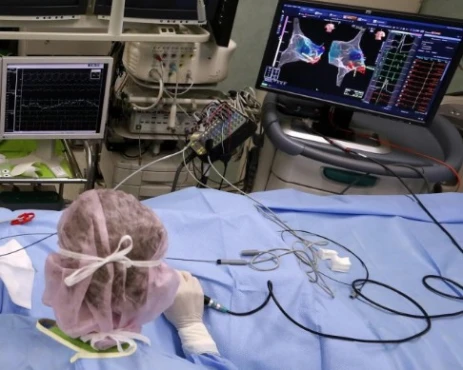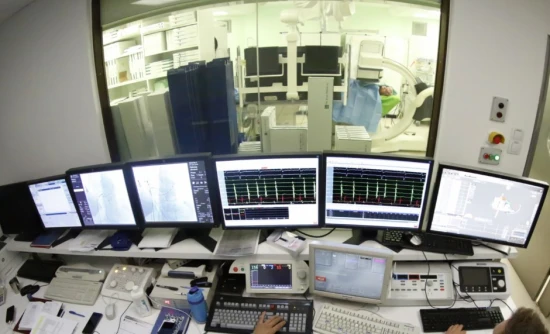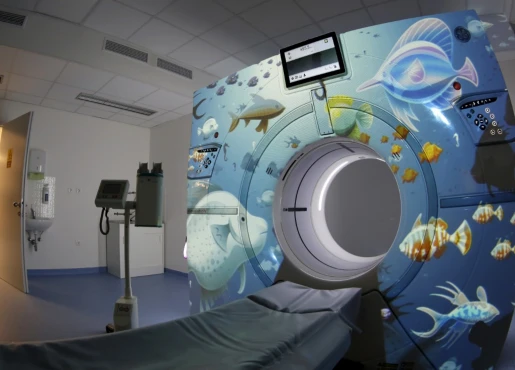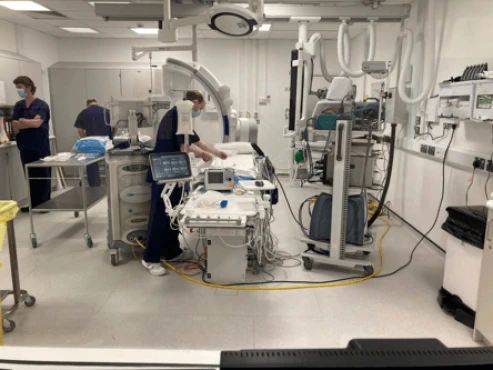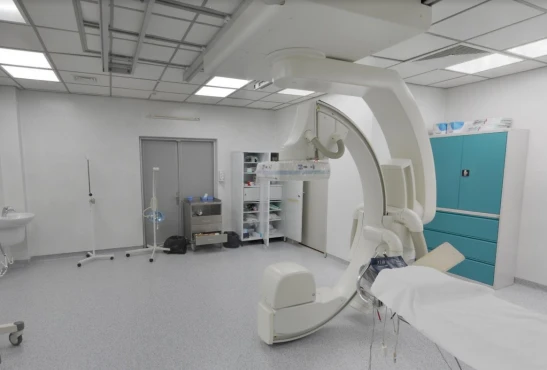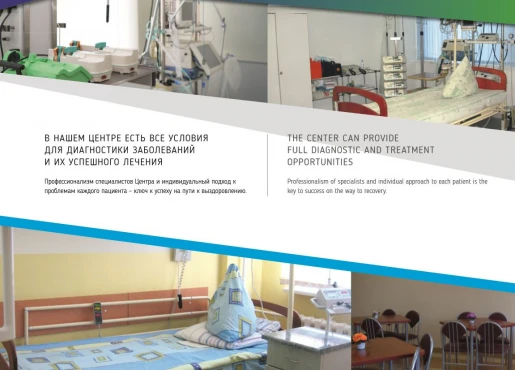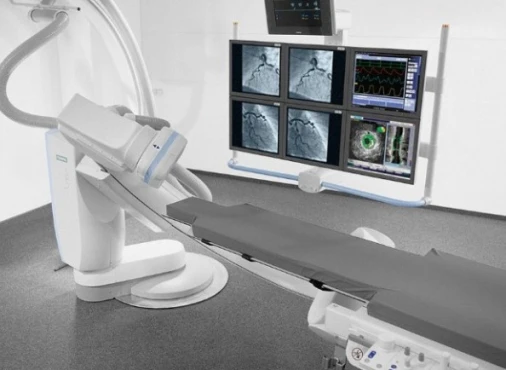Classification, staging of CHF
Chronic heart failure (CHF) is a fairly common pathology that can significantly reduce the patient's quality of life. Below we will analyze in detail the classification and staging of CHF for a better understanding of medical documentation and the patient's condition.
What is heart failure (CHF)?
In this disease, due to various possible causes, the blood moves through the heart and body more slowly, and the pressure in the heart chambers increases. As a result, the vessels do not carry enough oxygen and nutrients to meet the needs of the body. Thus, heart failure does not mean that the heart has stopped working. Rather, it means that it does not work as efficiently as under normal conditions.
To maintain normal blood flow, the walls of the chambers of the heart can change, that is, stretch and thicken, and the kidneys can retain fluid and ions in the body to a greater extent.
How is the pathology of the pumping function of the heart determined?
For this, a concept such as ejection fraction (EF) is used, which is determined during an echocardiogram. EF is used to measure how well the heart is pumping blood with each beat and helps determine if systolic or diastolic dysfunction is present.
What classifications of CHF exist?
Physicians have developed several different classifications of this pathology, but the following three are most often used:
- Determination of the functional class in accordance with the classification of the New York Heart Association.
- Clinical staging according to Strazhesko and Vasilenko.
- Determination of the variant of heart failure:
- with left ventricular systolic dysfunction (ejection fraction less 40%);
- with normal systolic function of the left ventricle (ejection fraction over 40%).
Less often, right ventricular and left ventricular failure, as well as systolic and diastolic dysfunction, are distinguished.
New York Heart Association (NYHA) Clinical Classification of Heart Failure
This division categorizes people into classes I-II-III-IV depending on the severity of symptoms or functional limitations (functional classes).
| Class I | Physical activity is not impaired, and the patient does not experience unusual fatigue, shortness of breath, palpitations, or pain with daily habitual activities |
| Class II | Minor restrictions in normal activities. At this stage, the person already has mild fatigue, shortness of breath, palpitations, or pain during normal activities, but no symptoms at rest |
| Class III | Severe limitation of normal activities. The patient has severe fatigue, shortness of breath, palpitations, or pain even during minimal exercise. There are no symptoms at rest |
| Class IV | The patient is uncomfortable even at rest. Discomfort increases with any physical activity |
Classification of heart failure according to Strazhesko and Vasilenko
Differentiation according to Strazhesko-Vasilenko includes three clinical stages of heart failure.
I stage (initial). Symptoms occur latently during physical exertion: shortness of breath, palpitations. These symptoms subside with rest.
II stage. Symptoms and signs of heart failure occur not only during physical exertion, but also at rest. Stage II heart failure, in turn, is divided into two: stage II A and stage II B.
In stage A, there are signs of moderate heart failure (congestion in the right or left ventricle).
For heart failure stage II B is characterized by signs of stagnation in the small and large circles of blood circulation. Patients experience severe discomfort. At rest, pronounced cyanosis, swollen jugular veins, edema, and ascites are detected.
III stage. It is defined as terminal, dystrophic. It is characterized by pronounced plethora in the small and large sections, impaired hemodynamics of blood circulation, irreversible changes in all organs (multiple organ failure), functional and metabolic (metabolic) disorders.
Systolic and diastolic dysfunction
Systolic dysfunction (or systolic heart failure) occurs when there is abnormal contractility of the heart. In this case, the tissues of the body lack oxygen and nutrients.
Diastolic dysfunction (or diastolic heart failure) occurs in patients whose heart beats normally but the ventricles do not relax properly. In this case, the heart cavities are not filled completely and the body also experiences a lack of oxygen.
Left ventricular and right ventricular failure
Symptoms and signs of heart failure depend on the extent of the affected parts of the heart. Left ventricular failure corresponds to a decrease in ventricular output and an increase in pressure in the left atrium and pulmonary veins, and with the progression of the disease - in the pulmonary artery.
In patients with right ventricular failure, blood stagnation occurs in the systemic circulation.
Total heart failure develops when the pathological process affects both ventricles.
Thus, CHF has several different classifications, each of which is important in its own way. Based on a certain stage and form of the disease, the doctor can develop an appropriate treatment strategy for the patient and improve his quality of life.
References:
- Harrison`s Principles of Internal Medicine 19/E (Vol.1). Dennis Kasper, Anthony Fauci, Stephen Hauseret all. McGraw-HillEducation 2015 ISBN: 0071802134 ISBN-13(EAN): 9780071802130.
- McDonagh TA, Metra M, Adamo M, et al. 2021 ESC Guidelines for the diagnosis and treatment of acute and chronic heart failure [published correction appears in Eur Heart J. 2021 Oct 14;:]. Eur Heart J. 2021;42(36):3599-3726.
- Moiseev, V.S. Internal diseases: textbook: in 2 volumes / ed. V. S. Moiseeva, A. I. Martynova, N. A. Mukhina. - 3rd ed.: GEOTAR-Media, 2018. - T. 1. - 960 p. : ill. - 960 p. - ISBN 978-5-9704-4416-0.


















